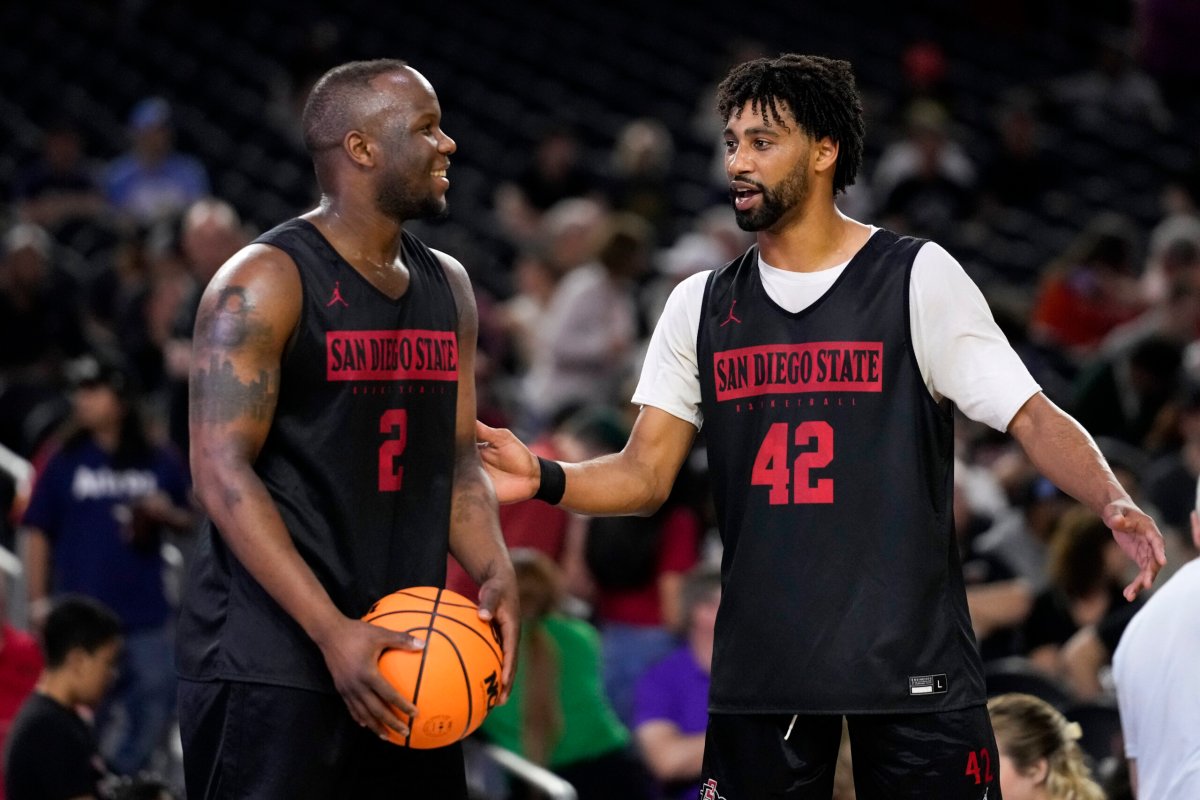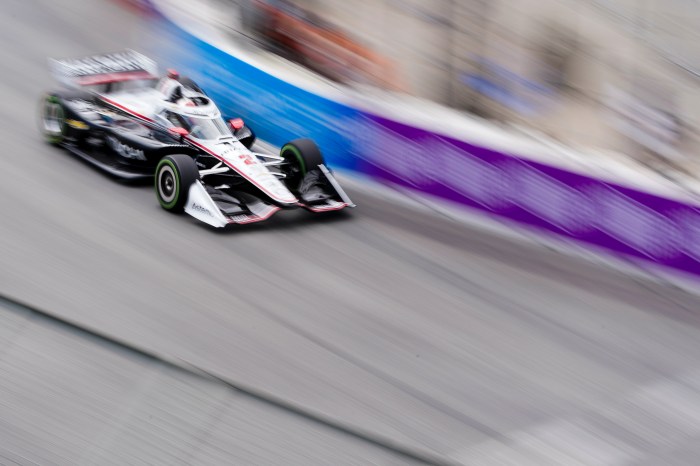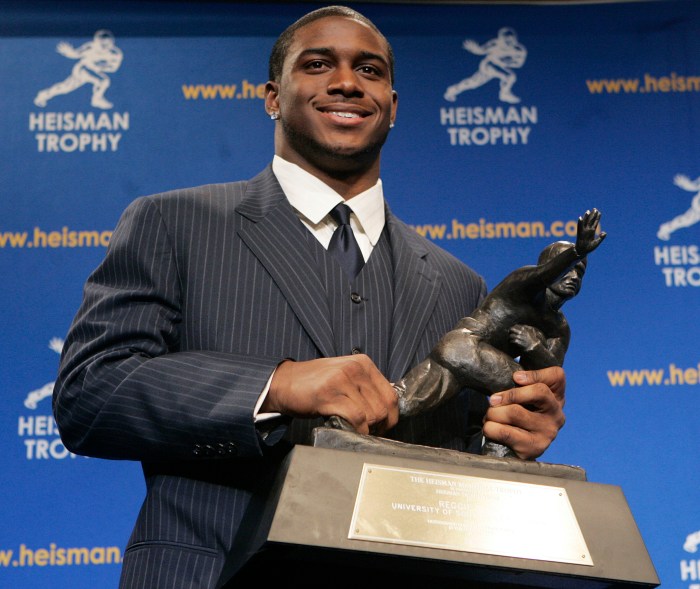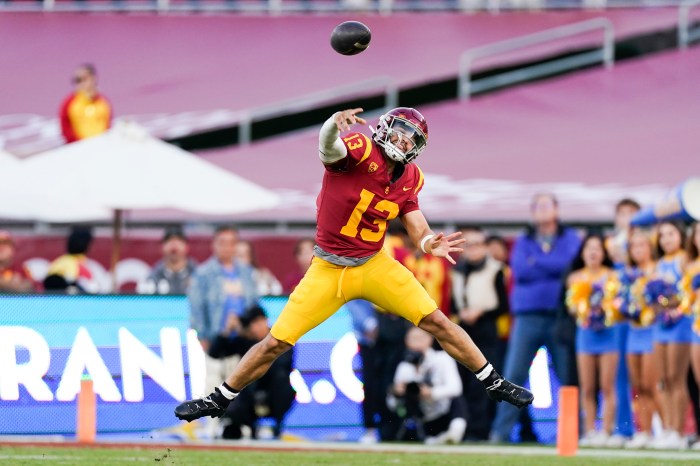HOUSTON (AP) — Adam Seiko and his San Diego State teammates are ready from the moment the ball is tipped to stalk ballhandlers, make aggressive switches and close out hard on any shooter.
They’re true believers in the oft-repeated notion that defense wins championships.
“It should be a staple statement in every program,” Seiko said.
Yet as the Aztecs bring that approach to this weekend’s Final Four, the reality is different: the teams that have cut down the nets on the final Monday of the season have largely been top-tier offensive teams for the past two decades. That means there’s been more return for teams having big-time shot makers compared to a team full of stoppers that packs less offensive punch.
“I think most of the teams that go all the way, they have to have a couple of guys that can go get their own bucket or just can score at will,” said Florida Atlantic guard Jalen Gaffney, a UConn transfer.
And that sets up best for Miami and Connecticut compared to San Diego State and FAU as the sport reaches its biggest stage after a topsy-turvy season.
“It’s about when you can’t get stops as a defensive team, do you have the firepower offensively to combat not having a great outing on the defensive end?” said Joel Berry II, the Most Outstanding Player of the 2017 Final Four during North Carolina’s title run and an ACC Network analyst. “And if you don’t have it, it’s hard to compete for a national championship.”
A look at KenPom data illustrates that point.
Seventeen of the last 20 NCAA champions finished in the top 10 in adjusted offensive efficiency, which measures points scored per 100 possessions. Four — Florida in its 2007 repeat, UNC in 2009, Duke in 2010 and Villanova in 2018 — were ranked No. 1. And 14 champions have ranked better in offensive than defensive efficiency, including every year going back to Duke in 2015.
By comparison, 10 of the 20 champions finished outside the top 10 in adjusted defensive efficiency for points allowed per 100 possessions. That includes the past two champs, Kansas last year (17th, 91.7) and Baylor in 2021 (22nd, 91.1).
Luke Hancock is linked to one of the outliers, having been named Most Outstanding Player of the 2013 Final Four in Louisville’s later-vacated run to the trophy. That squad ranked No. 1 in defensive efficiency (84.8) and seventh offensively (117.7), and Hancock appreciates the value of pressure defense after having played for Rick Pitino.
And yet, the ACC Network analyst also looks to offense in March Madness.
“When you get to this point, it’s all about who plays that fluid game and scores points in my opinion,” he said, adding: “I just think you’re not going to be able to really compete if you can’t score the basketball for six straight games.”
There’s one glaring example from recent years: Virginia, with a defensive-heavy approach and a slow tempo that is seemingly determined to grind hardwood into dust.
The Cavaliers have had first-round tournament exits in three of their past four appearances. But they won the 2019 championship when they had a trio of NBA-bound shot makers in DeAndre Hunter, Ty Jerome and Kyle Guy to complement that defense, including Hunter hitting big shots in the overtime finale against Texas Tech.
It’s a lesson that UConn coach Dan Hurley has taken seriously, even with his defensive instincts.
Last year’s team fell to New Mexico State for a first-round exit, and Hurley couldn’t overlook the Aggies having more perimeter firepower. So the Huskies added four transfers for the wing.
As a result, UConn arrives in Houston having gone from averaging 113.8 points per 100 possessions last year to 120.8 this year, good for third nationally. Throw in a top-11 defense, and the Huskies have rolled through four NCAA opponents.
“We knew the defense would come with this team,” forward Alex Karaban said. “We just needed the offensive spurt.”
The Huskies’ opponent in Saturday’s national semifinals is right there with them. Miami ranked fifth nationally (119.6) and has four different players who have tallied at least three 20-point games this year. The offensive versatility, guard Jordan Miller said, takes the pressure off since the Hurricanes know they can score in any situation.
“We’ve been lucky enough to have a really good offense this year,” Miller said. “So to win games, it’s just come down to how many stops we can get. … And we never really have a problem scoring the ball.”
It’s a different look in the other semifinal, where FAU has a top-30 unit at both ends while San Diego State is the defensive headliner in Houston. The Aztecs are fourth nationally by holding opponents to 89.8 points per 100 possessions but 75th in offense (110.7).
Still, San Diego State was good enough to oust top overall tournament seed Alabama and to hold down a strong Creighton offense in the regional final. That’s why leading scorer Matt Bradley isn’t worried about data showing offensive teams have a tournament edge.
“The thing is, we have lot of size, we have a lot of athleticism, we play really hard on the defensive end,” Bradley said. “I think when you have those three things it gives you a chance to beat anybody.”
Follow Aaron Beard on Twitter at https://twitter.com/aaronbeardap
AP March Madness coverage: https://apnews.com/hub/march-madness and bracket: https://apnews.com/hub/ncaa-mens-bracket and https://apnews.com/hub/ap-top-25-college-basketball-poll and https://twitter.com/AP_Top25


















